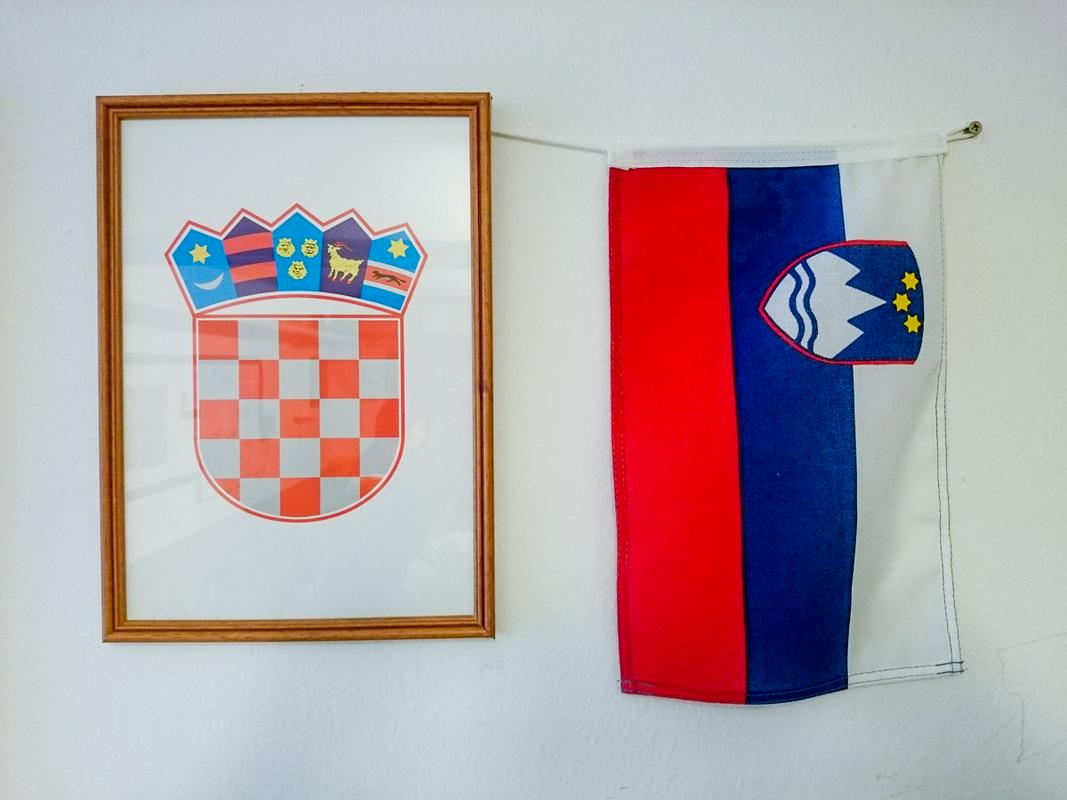
Voter turnout in six elections for councils and representatives of ethnic minorities in local communities in Croatia was only 10.3 percent. The Russian minority had the highest voter turnout of 20.4 percent, while the Slovenian minority had the worst turnout with 4.6 percent.

Out of 244,000 eligible voters, 25,100 or a good ten percent of voters took part in the minority elections on May 7, which is similar to four years ago.
Out of 5,609 members of the Slovenian minority, 256 participated in the election.
“Since 1991, when it received minority status in Croatia, the Slovene minority has mainly cared about the preservation of language and culture, and politics has not been present. Today, if we look at modern research, we can say that the members of the Slovene community in Croatia are still extremely apolitical,” the president of the Association of Slovenian Societies in Croatia told STA Barbara Riman.
According to her assessment, the Slovenian community did not recognize the importance of councils and representatives in local self-government, which is also a consequence of the absence of the Slovenian minority in the majority media. “The fact is that these elections were not talked about and written about like many times until now, which also influenced the fact that the attendance at the polling stations was extremely low,” explained Riman.
In addition to the Russians, the largest voter turnout was the Roma, Hungarian, and Bosniak ethnic minorities with 19.6, 18.3, and 17.7 percent voter turnout.
In addition to the Slovenian minority, Montenegrin, Turkish and Bulgarian minorities also had the worst voter turnout with five percent, 6.2 percent and 6.9 percent voter turnout.
The largest minority in Croatia is the Serbian, which has 153,000 members. 8.4 percent of members of this minority took part in the elections.
Elections were held in local and regional self-government units where, based on the 2021 population census, a sufficient number of members of a certain minority live as prescribed by law.
In the elections, the Slovene national community in Croatia won minority councils in the counties of Primorje-Gorski Kotar and Istria and the county of Zagreb, as well as in the cities of Reka, Čabar, Pulj and Umag, and in the municipalities of Matulji and Cestica.
In addition to the minority councils, Slovenians in Croatia also elected their representatives in the counties of Karlovy Vary, Varaždin, Zadar, Osijek-Baranja, Šibenik-Knin and Split-Dalmatia counties, as well as the cities of Zadar, Samobor and Split, the Croatian Election Commission announced.
Due to its size, the Slovene minority could also elect its representatives in some other Croatian cities, municipalities and counties, mostly in areas along the border with Slovenia, but there were no candidates.
Source: Rtvslo